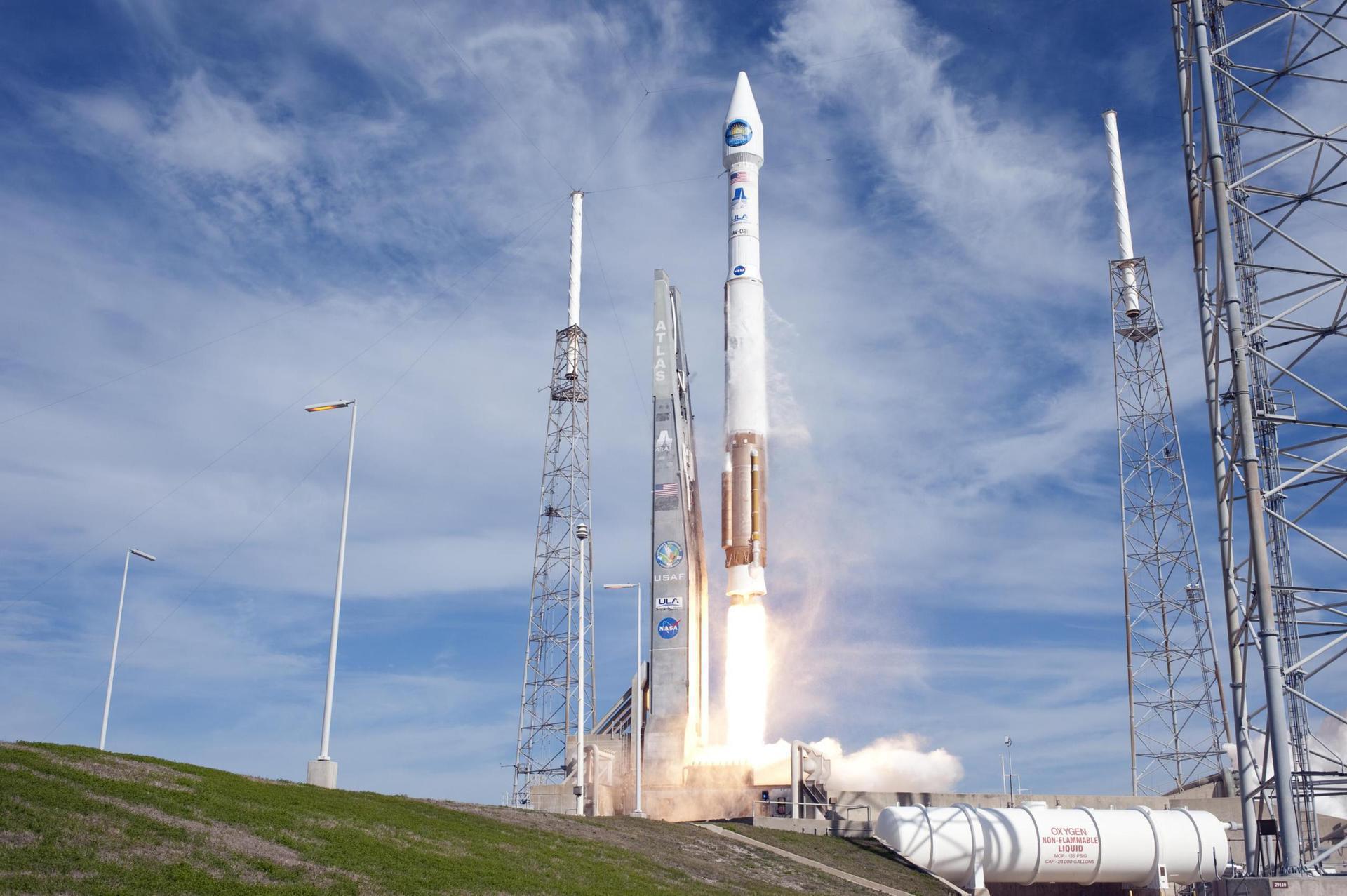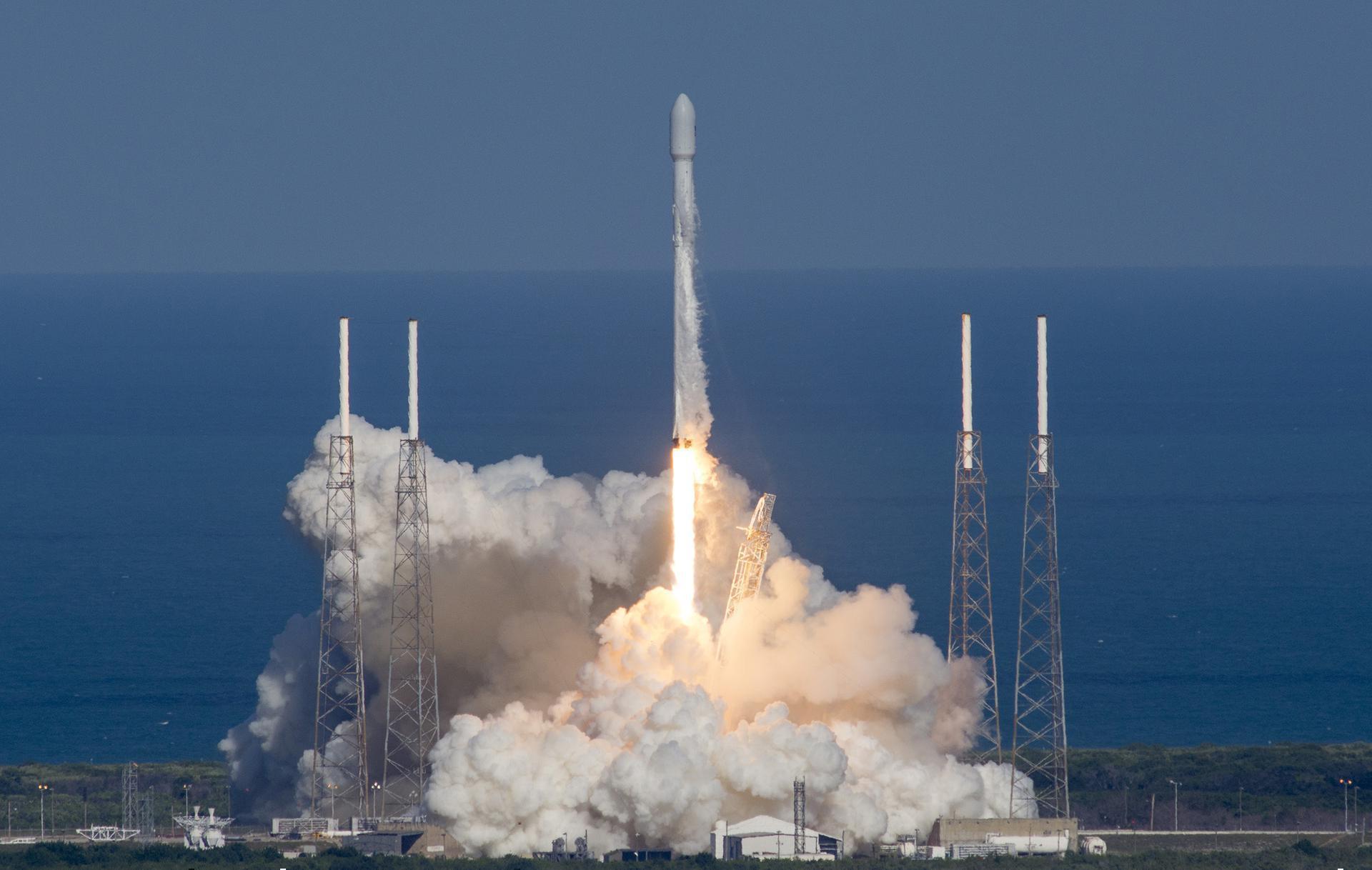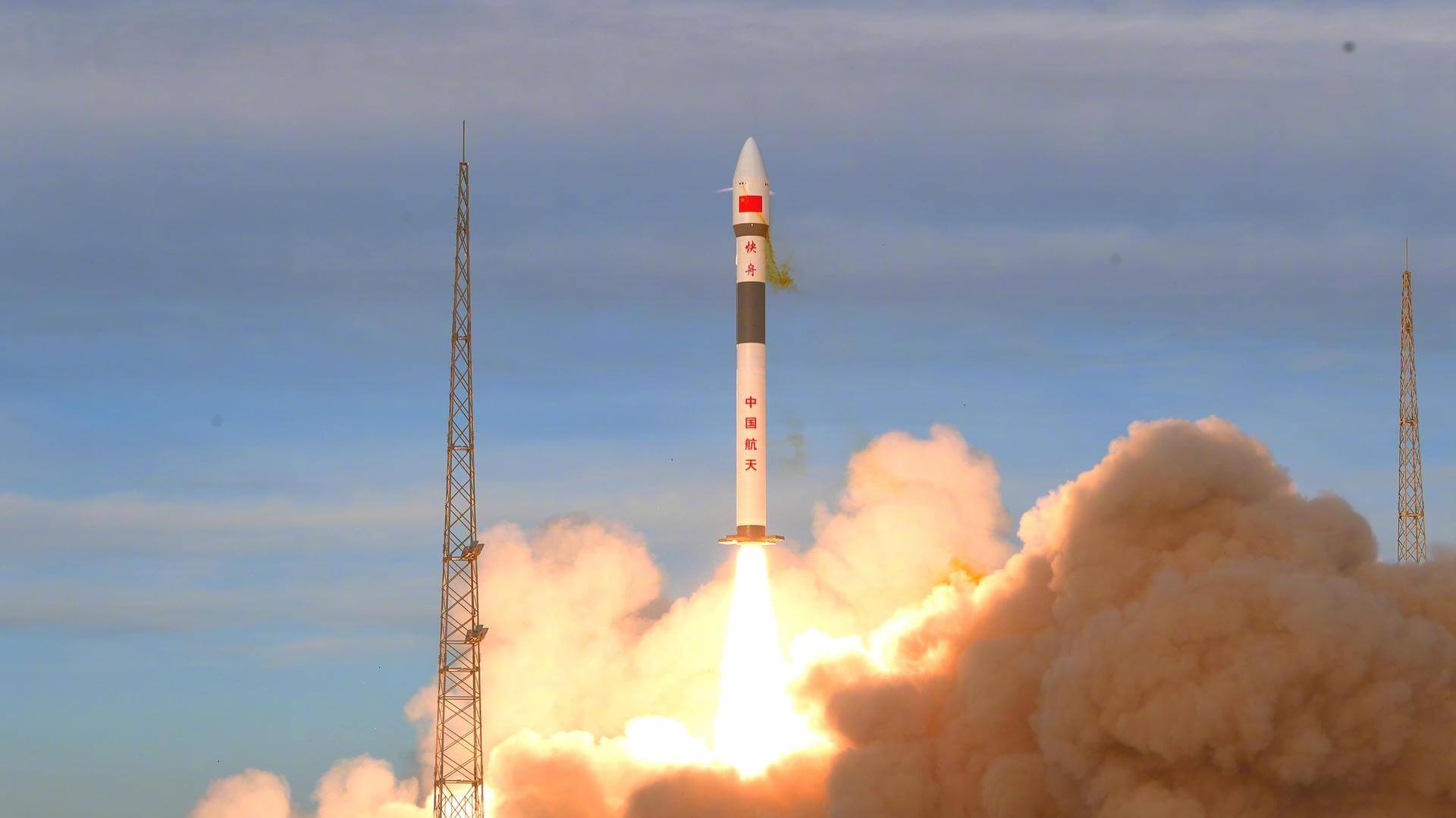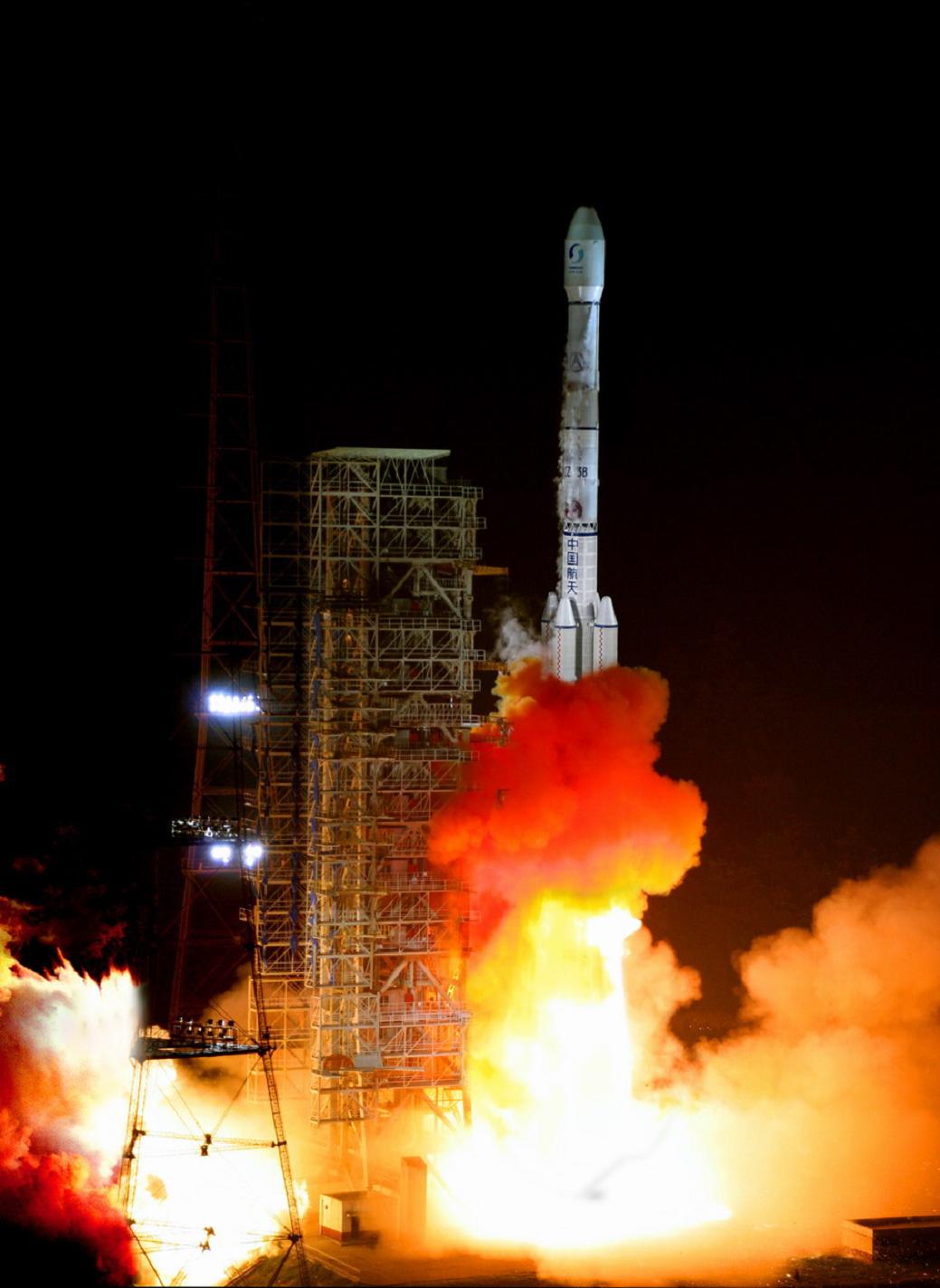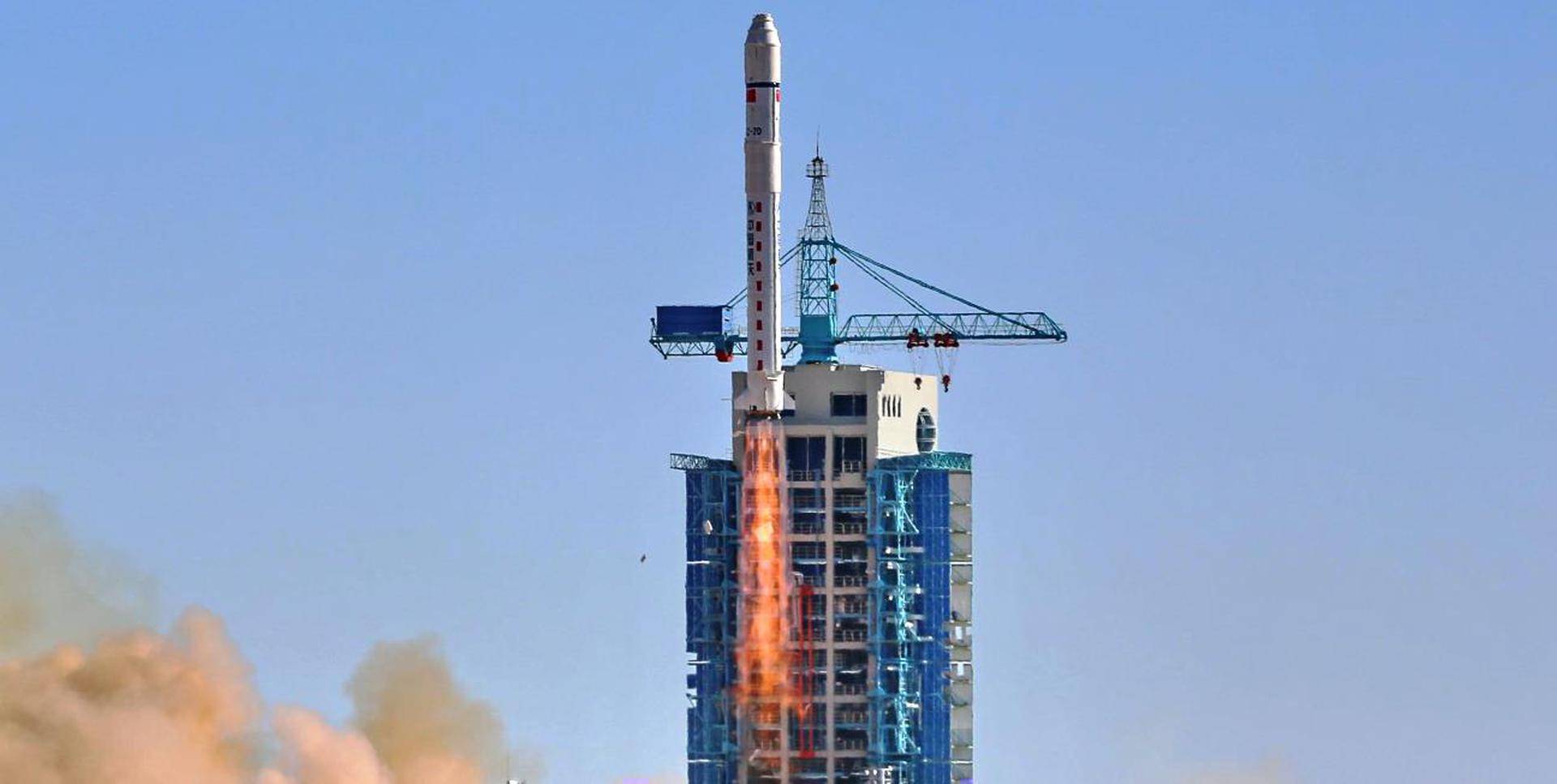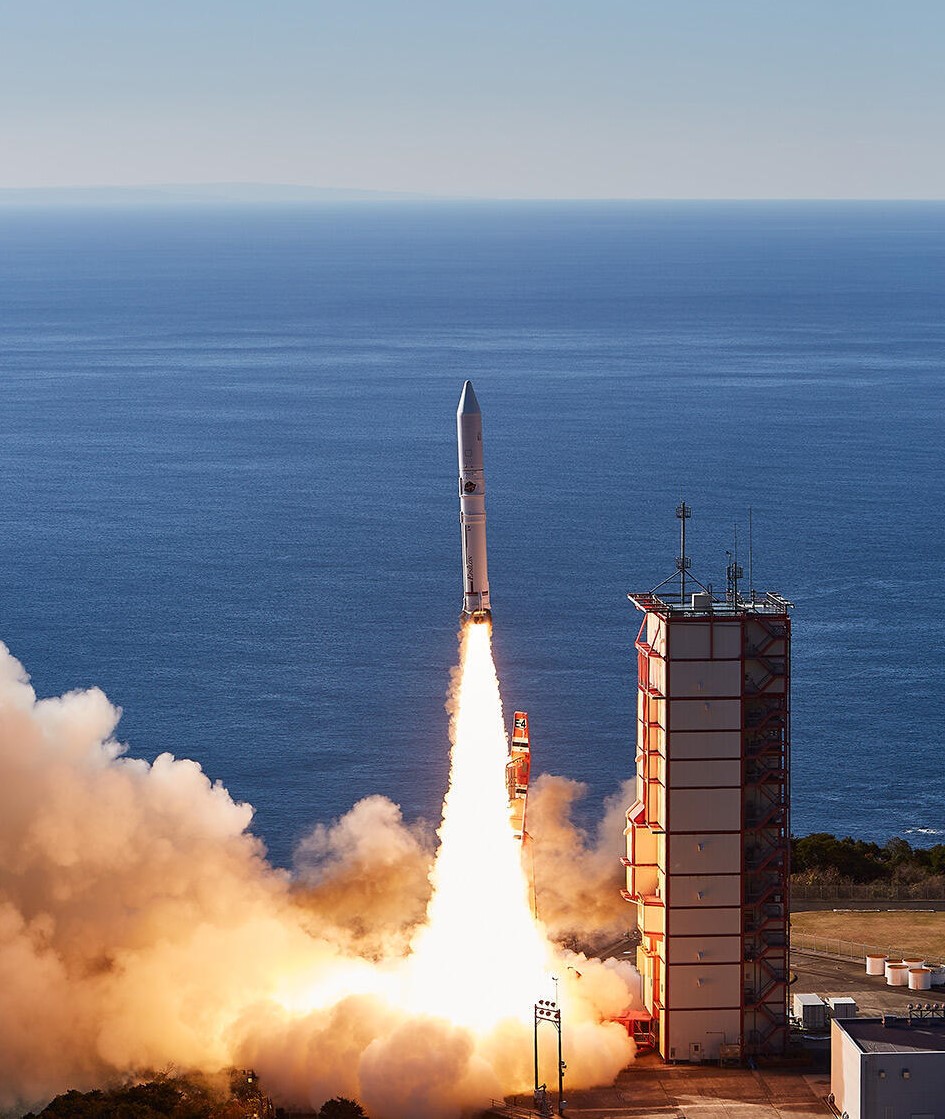Previous Spaceflight Launches
Filter by Agency, Locations or Vehicles
Show All LaunchesAtlas V 401 | SBIRS GEO Flight 3 (SBIRS GEO-4)
United Launch Alliance | United States of AmericaCape Canaveral SFS, FL, USA
Jan. 21, 2017, 12:42 a.m.
SS-520-4 | TRICOM-1
Japan Aerospace Exploration Agency | JapanUchinoura Space Center, Japan
Jan. 14, 2017, 11:33 p.m.
Falcon 9 Full Thrust | Iridium-1
SpaceX | United States of AmericaVandenberg SFB, CA, USA
Jan. 14, 2017, 5:54 p.m.
Status: Launch Successful
Mission:
SpaceX’s Falcon 9 rocket will deliver 10 satellites to low Earth orbit for Iridium, a global leader in mobile voice and data satellite communications. This is the first set of 10 satellites in a series of 75 total satellites that SpaceX will launch for Iridium’s next generation global satellite constellation, Iridium® NEXT.
Low Earth Orbit B1029 - Maiden Flight Just Read the InstructionsKuaizhou 1A | Multiple payloads
ExPace | ChinaJiuquan Satellite Launch Center, People's Republic of China
Jan. 9, 2017, 4:11 a.m.
Long March 3B | TJS-2 (TJSW-2)
China Aerospace Science and Technology Corporation | ChinaXichang Satellite Launch Center, People's Republic of China
Jan. 5, 2017, 3:18 p.m.
Long March 2D | SuperView-1 (Gaojing 1-01 & Gaojing 1-02)
China Aerospace Science and Technology Corporation | ChinaTaiyuan Satellite Launch Center, People's Republic of China
Dec. 28, 2016, 3:23 a.m.
SpaceShipTwo | VSS Unity GF02
Virgin Galactic | United States of AmericaAir launch to Suborbital flight
Dec. 22, 2016, noon
Ariane 5 ECA | Star One D1 & JCSAT-15
ArianeGroup | FranceGuiana Space Centre, French Guiana
Dec. 21, 2016, 8:30 p.m.
Status: Launch Successful
Mission:
Both are communications satellites. Equipped with C-, Ku-, and Ka-band payloads, Star One D1 will be used for telecommunications, television broadcast, broadband, Internet access, and other services in Brazil and in the Latin American region. JCSAT-15 will operate in Ku-band and is designed with the flexibility to be used for services such as video distribution in Japan, and data transfer communications, maritime and aviation applications in the Indian Ocean Region.
Geostationary Transfer OrbitLong March 2D | Tansat (CarbonSat)
China Aerospace Science and Technology Corporation | ChinaJiuquan Satellite Launch Center, People's Republic of China
Dec. 21, 2016, 7:22 p.m.
Status: Launch Successful
Mission:
Tansat is a global CO2 (Carbon Dioxide) monitoring scientific experiment satellite and demonstration mission. The main components of the project are: The global carbon dioxide monitoring platform. A high spectral and spatial resolution CO2 detector. A multispectral cloud and aerosol detector. And a ground data processing and inversion CO2 verification system.
Low Earth OrbitEpsilon | ERG (ARASE)
Japan Aerospace Exploration Agency | JapanUchinoura Space Center, Japan
Dec. 20, 2016, 11 a.m.
Status: Launch Successful
Mission:
The ERG  (Exploration of energization and Radiation in Geospace) project is a mission to study the Van Allen belts. The task is to elucidate how highly charged electrons are born while they generate and vanish repeatedly along with space storms caused by the disturbance of solar wind, influenced by space storms, and how space storms are developed.
Elliptical Orbit